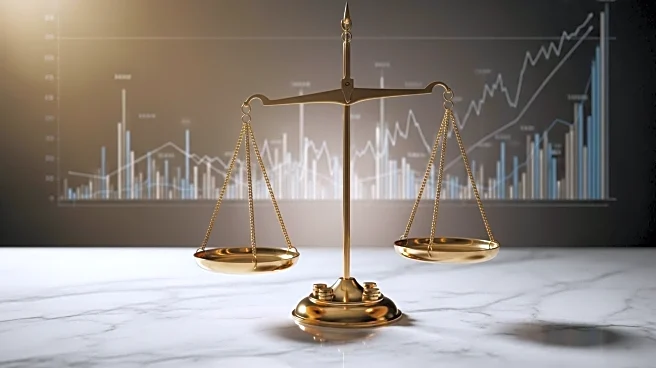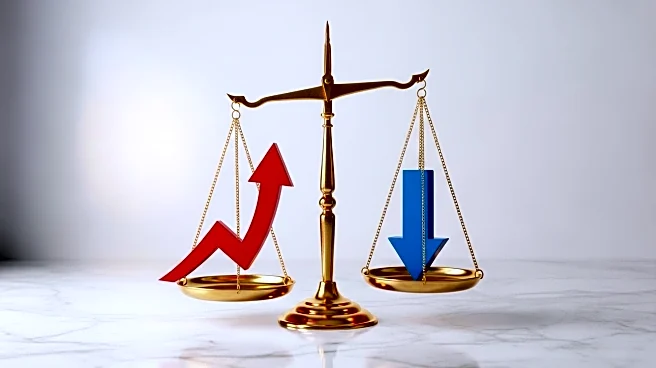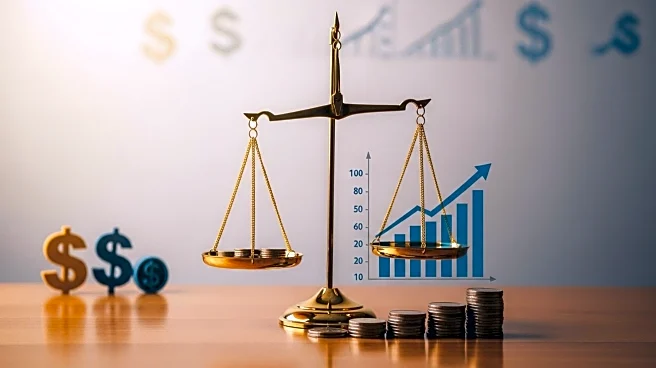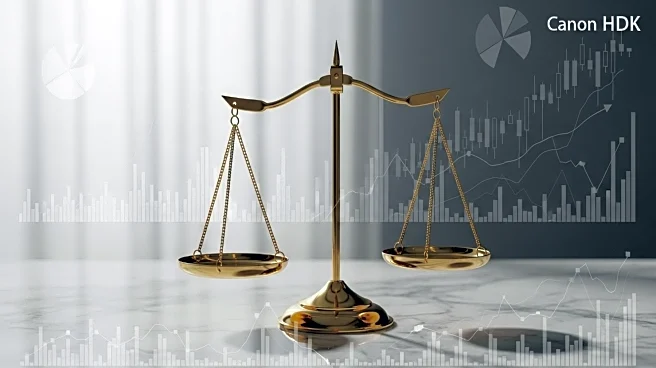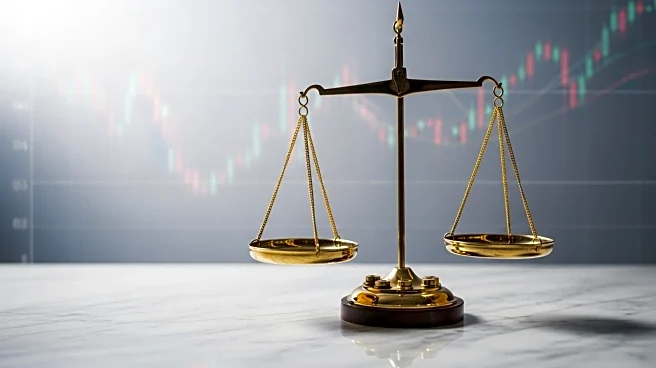What's Happening?
U.S. consumer inflation rose to 2.9% in August, marking the highest level since January. This increase is attributed to the impact of President Trump's tariffs on the economy. Despite the inflation rise, analysts believe it is unlikely to deter the Federal Reserve from cutting interest rates in its upcoming meeting. The core inflation rate, excluding food and energy, also increased by 3.1% year-over-year. The Federal Reserve is expected to lower the benchmark lending rate by 25 basis points, marking the first rate cut since December, amid concerns about a slowing labor market.
Why It's Important?
The rise in consumer inflation highlights the ongoing effects of trade policies on the U.S. economy. While inflation typically influences interest rate decisions, the Federal Reserve appears more focused on addressing labor market concerns. A rate cut could provide economic stimulus, but it also risks exacerbating inflation. The decision reflects the Fed's balancing act between supporting economic growth and controlling price increases. The outcome will have significant implications for businesses, consumers, and financial markets, as it influences borrowing costs and economic activity.
What's Next?
The Federal Reserve's policy meeting on September 16-17 will be closely watched, with traders widely anticipating a rate cut. The decision will be influenced by the latest economic data, including inflation and employment figures. The Fed's approach to managing inflation and supporting the labor market will be critical in shaping economic conditions. Businesses and consumers will need to adapt to potential changes in interest rates, which could affect investment decisions and spending patterns. The ongoing impact of tariffs and trade policies will remain a key consideration for policymakers.



